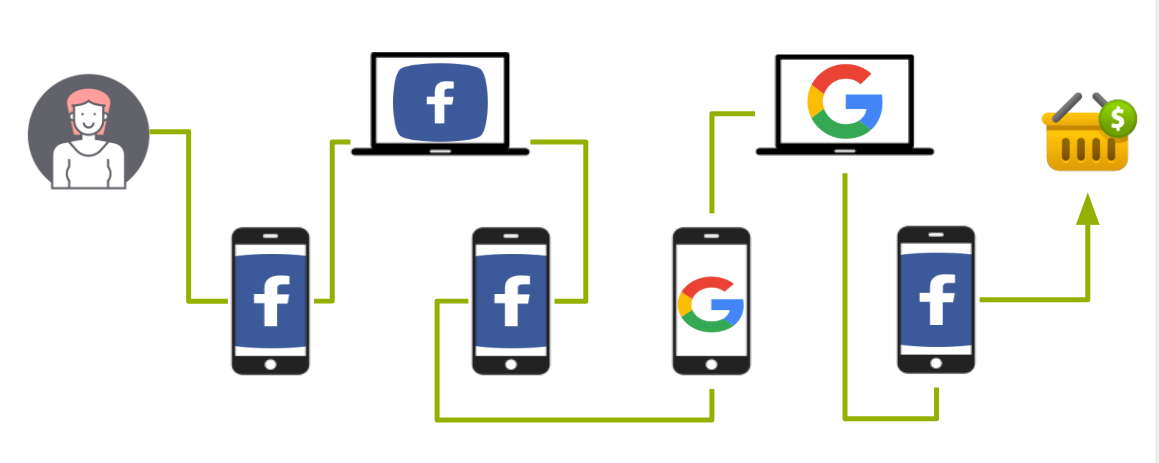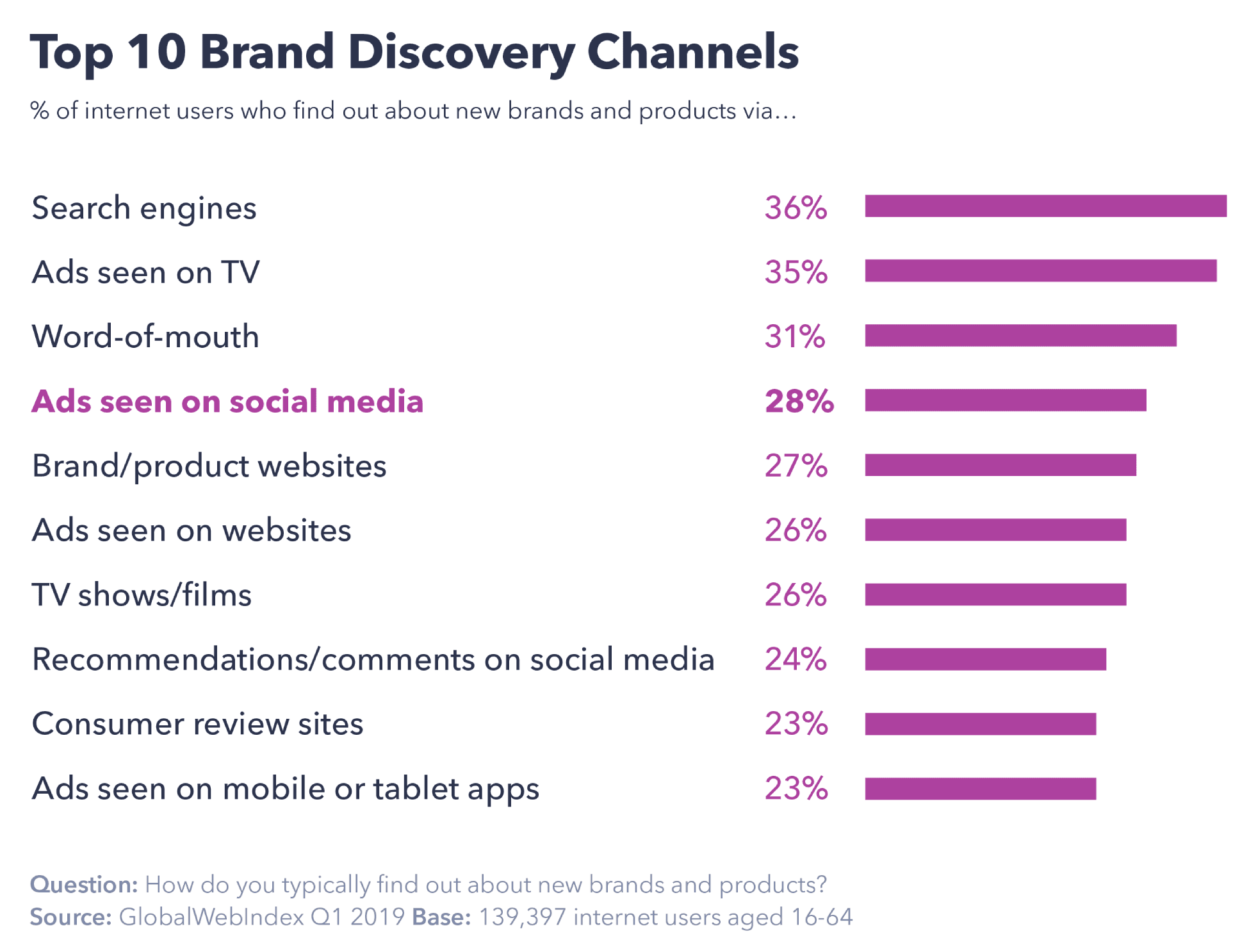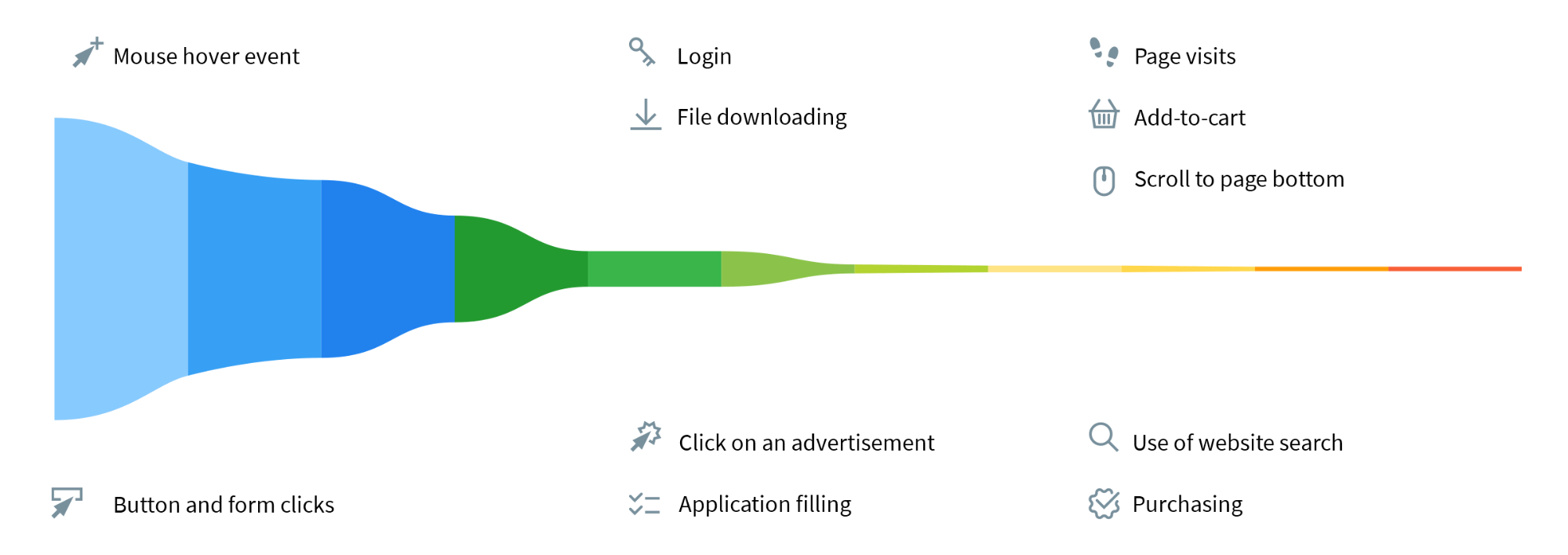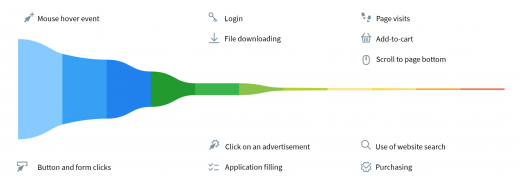Optimize Marketing Strategy for Cross-Channel Conversions
Optimize Marketing Strategy for Cross-Channel Conversions

Cross-channel marketing was a lot simpler back in the 20th Century. Products and brands were positioned publicly where they would be best placed to get noticed by the right targets. Here is how to optimize marketing strategy for cross-channel conversions.
A few years ago, there were fewer platforms for entertainment.
With fewer channels, the demographics were split cleanly based on the television shows airing, or the radio programs playing, or the magazines available to read.
The tobacco industry had a monopoly on motor racing because the sport was associated with masculinity and made for a hefty draw for television viewers in the days of analog TV.

Supermarkets typically optimized their marketing campaigns to be positioned under the noses of women — owing to the affirmation of gender stereotypes at the time.
Thankfully, the 21st Century has stepped away from large-scale stereotyping.
Now, when it comes to marketing, big data has enabled businesses to identify prospective customers and their interests strategically.
However, the past 20 years has also seen a massive number of new technological platforms emerge that have dramatically divided target demographics.

(Image: Digital Information World)
As we can see in the chart above, traditional brand discovery channels remain somewhat useful, but the rise of search engines, social media, and internet browsing has begun to overtake their respective predecessors.
As we move into a new decade of marketing, it’s never been more vital to optimize all the new channels where you can promote your business.
Let’s take a more in-depth look at how you can achieve conversions and monitor your progress across multiple channels.
Cross-channel attribution.
There are countless places to market your business today. Traditional areas like television and physical advertisements remain strong — but the cost-effectiveness and reach of social media cannot be underestimated.
In the past 20 years, Google has become a powerhouse for marketers, amassing around 2 trillion searches per year.
Given its vast user-base, Google single-handedly drives Search Engine Optimization, and companies continually reinvent their strategies in ways that could yield higher positions on the ranking pages of the platform.
One of the SEO infused driving forces of cross-channel attribution comes in the form of content creation.
Content has become one of the most potent ways of leveraging exposure across different platforms because it can be shared with ease. Stories and articles posted on a blog can appear on Twitter and Facebook and be shared countless times. Video content published on YouTube has a broad reach also, along with images and clips sent to Instagram and TikTok.
In the previous century, there were very few channels in which to market in relation to today’s vast offerings of channels.
Advertisers would have to cherry-pick television and radio programs as well as magazines and make an educated guess as to what entertainment their target audiences would be likely to consume.
The sheer volume of channels available today means that it’s impossible to capture the attention of your intended demographic in one place – especially when bringing younger audiences into the equation. The television viewers of yesteryear now spend more time gaming, interacting on social media, viewing streaming sites like Twitch, and consuming blogging-based content.
While this poses plenty of challenges, it also provides marketers with the opportunity of fine-tuning their campaigns in a way that reaches their target audiences more effectively.
The arrival of analytics and big-data means that prospective customers can be profiled and targeted cost-effectively by marketers keen to avoid the costs of placing an advert on TV when a large portion of potential conversions are based on Instagram, for instance.
Competitor analysis goes a long way in finding what your audiences like to consume, and tools like Sprout Social and SEMrush are excellent in helping you to identify how the competition is performing.
Embracing PPC.
The internet has grown into a seismic entity, which has enabled the rise of Pay-Per-Click advertising – allowing auctions to become more competitive as well as costly. Optimizing conversions from PPC advertising can be leveraged using the following approaches:
Retargeting
Retargeting is an excellent way of reaching out to the visitors to your website who didn’t quite make a purchase the first time around. There are many reasons why someone might abandon the purchasing process on your website, but retargeting them with multi-channel adverts is a great way of ensuring that you stay in their minds.
This approach to PPC tends to run on a CPM pricing model and relies on the development of alluring banner-based advertisements.
Web analytics
Web analytics can pay dividends when it comes to optimizing cross-channel PPC campaigns too. While some may assume that online advertising and analytics go hand-in-hand, this isn’t necessarily the case.
Advertisers need to ensure that they’re continually taking analytics onboard to ensure that their choice in keywords and placements remain effective in drawing the right visitors to the company website.
SEO
SEO helps to leverage your insights in a way that converts the placements and keywords within your strategy into tangible results. As we’ve already touched on, content is the king as far as modern cross-channel marketing is concerned.
The term “content is king” means that your PPC placements can not only direct visitors into an appropriate funnel, but can also link to more value-adding articles or videos.
More value-adding articles or vids, in turn, can come as a boost to a business’ Google search ranking position – organically building more traffic and prominence online.
Monitoring results.
Fortunately, as the rich variation in the channels available for marketers to target continues to grow exponentially, the tools available to identify the best ones to utilize become more powerful.
An unmistakable powerhouse in the world of cross-channel conversion analytics comes in the form of Google Analytics.
Google Analytics
Google Analytics offers up a great tool for monitoring cross-channel conversions in the form of Assisted Conversions. Arriving in the form of a report, Assisted Conversions highlights the monetary value of the sales and conversions that each channel has assisted.
The Google metrics help marketers to better understand the performance of each channel they utilize – in turn – aiding them in understanding which avenues are proving too costly to maintain.
Marketers
Marketers can also monitor each channel’s first-click conversion and its respective value to a campaign. The monitoring helps users to learn how valuable the first impressions of each channel are. The higher the perceived value, the more vital they are in paving the way for conversions to take place.
Assisted Conversions
Assisted Conversions cover the last click or direct conversion value, which helps to underline how specific channels are performing as a direct source of conversions alongside those that are more focused on transferring traffic onto external pages.
Assisted Conversions also highlights the first and last click conversions ratio that can help to provide insights on a channel’s overall role.
If a value close to zero is shown, it means the channel completed more sales than it assisted, whereas if the value is over 1, it indicates the channel assisted more sales and conversions.
Optimizing your approach.
Beyond Google, there is plenty of deep level analytics that can pave the way into some healthy insights over how best to optimize your cross-channel conversion strategies.

(Image: Finteza)
Comprehensive analytics
Using comprehensive analytics tools like Finteza and Google Analytics are becoming increasingly influential as AI and machine learning continue to develop as methods of delving into big data.
The 21st Century may have seen the development of an unfathomable array of different channels for marketers to consider. But thanks to deep analytics, it’s becoming easier to utilize these avenues to promote businesses.
Whether your target markets spend their time on YouTube, Twitch, Facebook, or in front of the television, it’s possible to gain substantial insights.
Gaining these more profound insights into exactly where your customers are most likely to be dwelling, and leverage the orchestration of intuitive campaigns brings the results you are looking for. These marketing efforts can be positioned under the intended target audience’s noses at just the right time.
With a little data and technology, it’s possible to keep optimizing conversion rates in an ever-changing landscape.
The post Optimize Marketing Strategy for Cross-Channel Conversions appeared first on ReadWrite.
(33)


